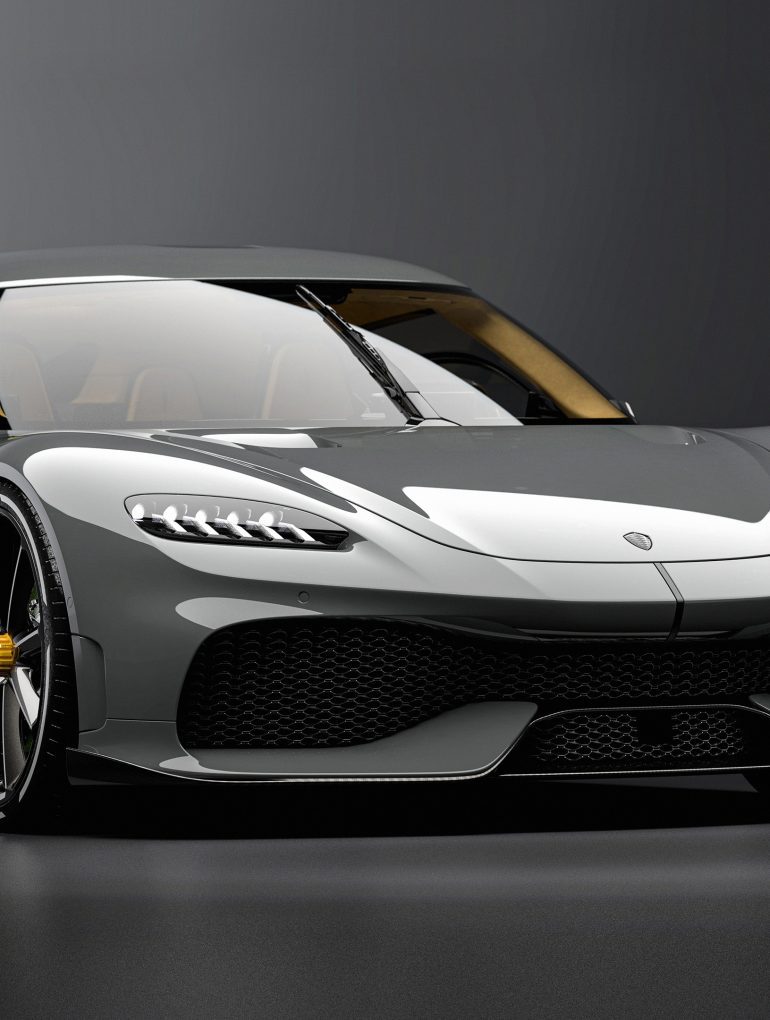As far as hypercars go, the Koenigsegg Gemera is quite a stretch, literally. A hypercar designed to seat four adults in comfort? That’s not normal, but it’s precisely the kind of far-reaching ideas we have come to expect from Christian Von Koenigsegg. He’s not known for taking a subtle approach to his automobile designs. Koenigsegg’s first series vehicle, the CC8S, released back in 2002, snagged the Guinness World Record for the most powerful engine ever fitted in a production car.
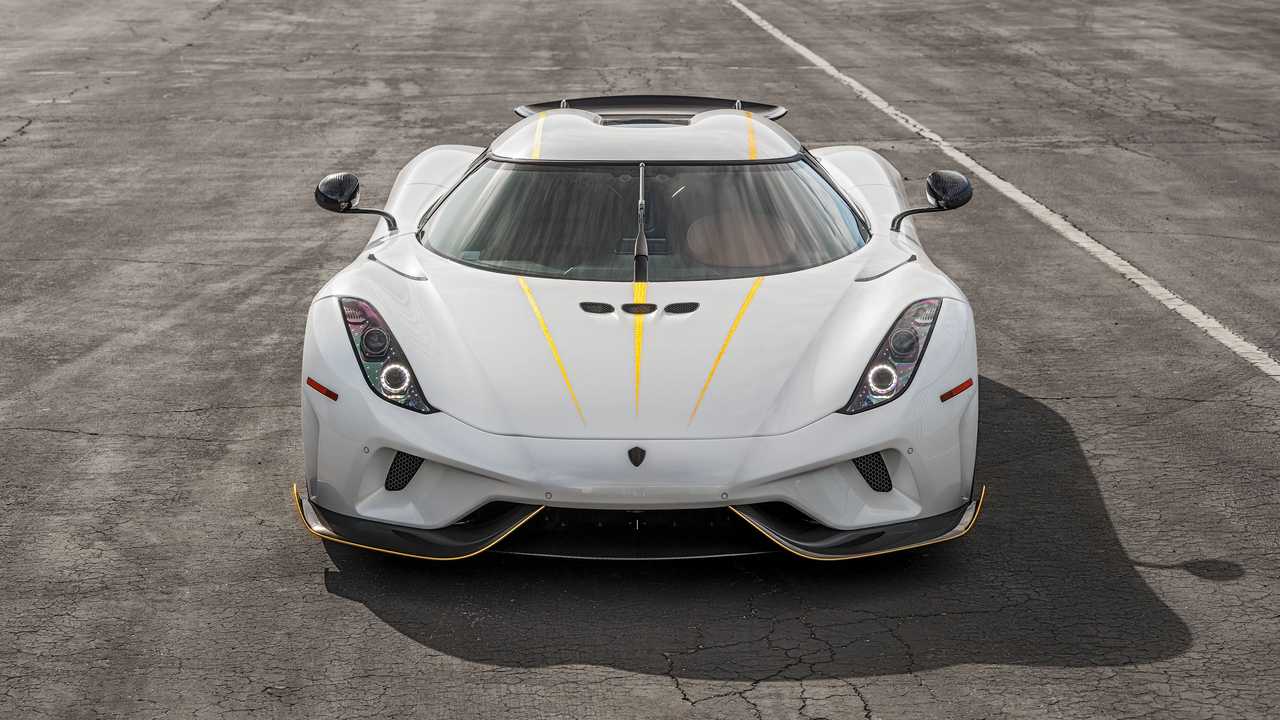
You also have the Koenigsegg Regera, the first car to utilize a one-of-a-kind direct-drive transmission for power delivery. Not content with that, Christian followed it up with the Jesko, an insane performance car with a high-revving 5.1-litre twin-turbo V8 that revs from idle to redline in 0.213 seconds, beating every other street-legal production car ever made. Then there is the limited-series CC850 with a transmission setup that can function as a six-speed manual or nine-speed automatic—impressed yet?
The Gemera takes its name from a combination of two Swedish words. ‘Ge’ means ‘give,’ and ‘mera’ means ‘more.’ It perfectly captures the essence of the Gemera, a car that incorporates more features and functions than your typical hypercar without sacrificing performance.
Is The Gemera Worthy Of The Hypercar Tag?
What constitutes a hypercar today is subject to various interpretations by different schools of thought. In the past, performance played a significant role in that classification. However, that line has blurred somewhat, especially with the emergence of supercars that, in skilled hands, can rival hypercar heavyweights.
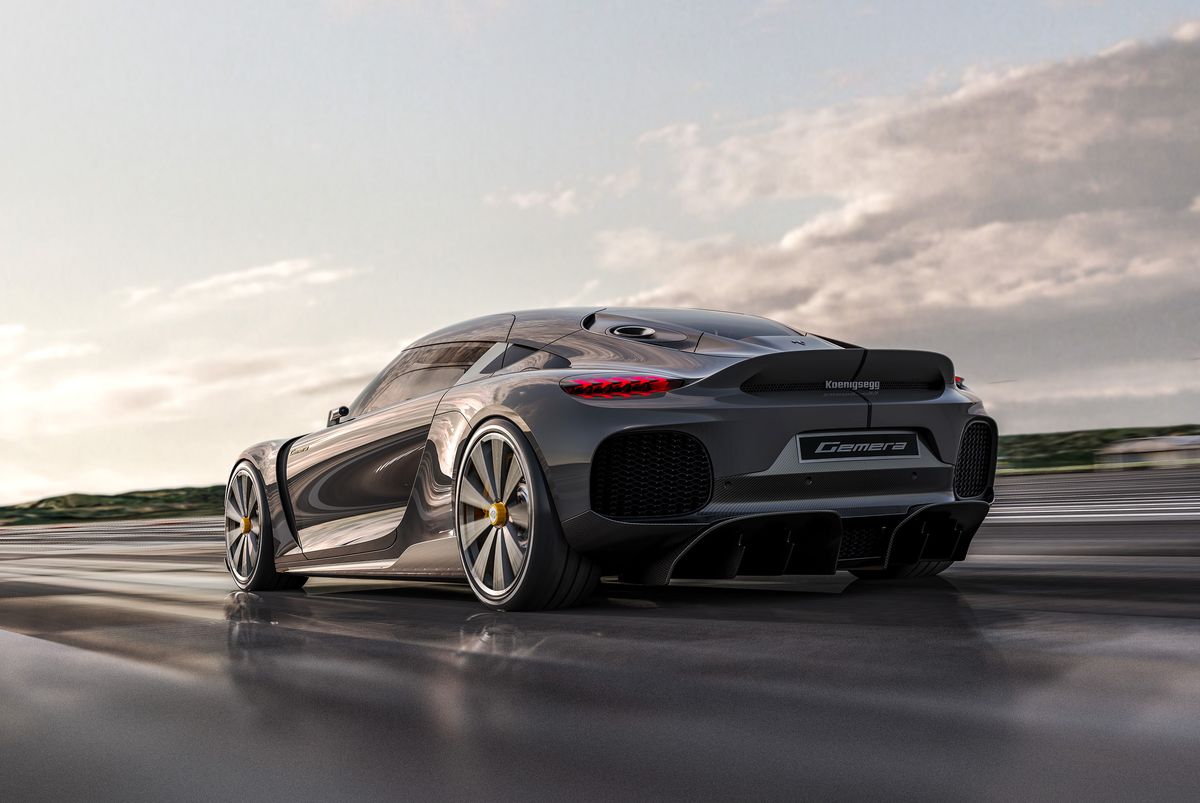
Whatever your school of thought, it is generally accepted that, in addition to performance, other elements such as exclusivity, price and design play a crucial role in determining if a vehicle is worthy of the hypercar tag. These are all checkboxes ticked by the Gemera, and so it is safe to consider the Gemera a hypercar, albeit a rather unusual one, given its 4-seater configuration.
Some have even gone further within the hypercar classification, describing the Gemera as a megacar. That is a direct nod to the thousand-plus horsepower rating. One thing is sure, though. The Gemera is one unique automobile, the like of which has never been seen before in the automobile industry.
The Design of the Swedish Hypercar
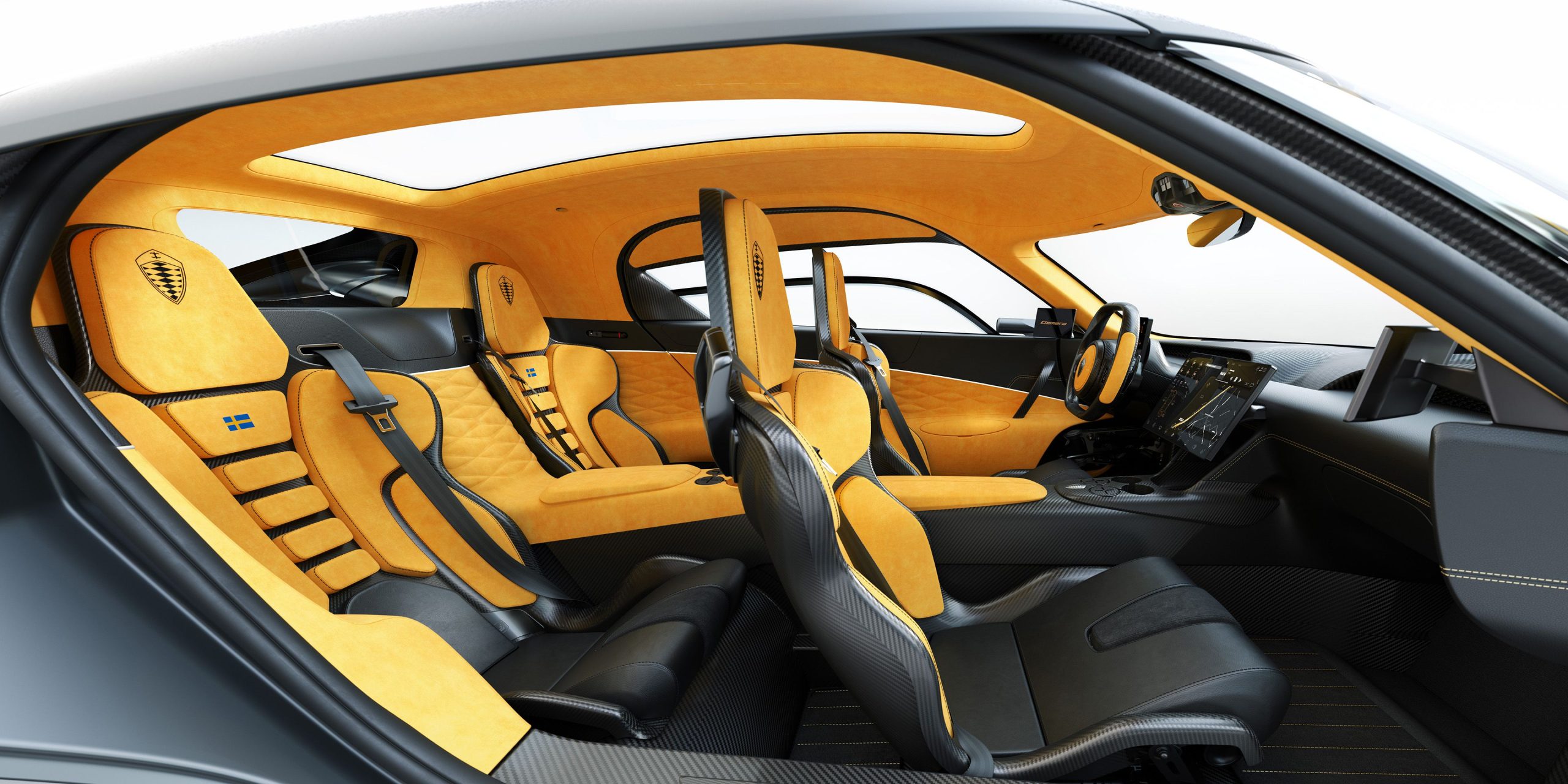
It’s the first time Koenigsegg will be making a 4-seater, and it’s a bold move. The Gemera creates an all-new vehicle category with its cabin layout. However, the Koenigsegg DNA is still unmistakably present in various elements of its design, like the wrap-around jet fighter-inspired windshield, the hidden A-pillars and prominent side air intakes. The front end of the Gemera takes inspiration from Koenigsegg’s first-ever prototype – the 1996 Koenigsegg CC.
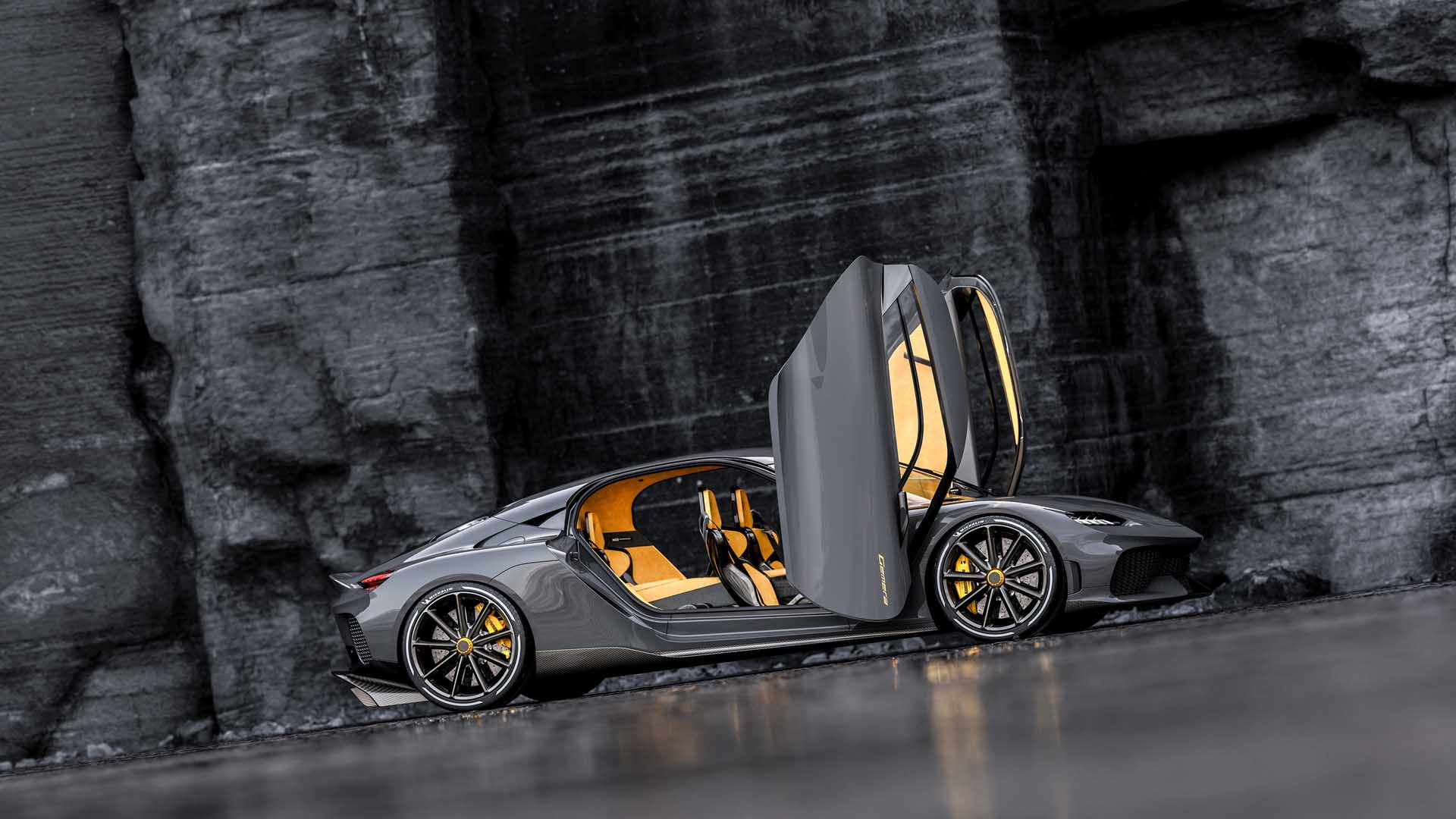
The highlight of the Gemera’s design, though, has to be the ingenious way the 4-seater layout is presented. Access to the vehicle’s interior is made possible by massive scissor doors or what the carmaker calls the ‘Koenigsegg Automated Twisted Synchrohelix Actuation Doors (KATSAD).’ There are no B pillars, and the patented doors grant full interior access without needing to move or recline the front seats to get in and out of the rear compartment.
The Gemera’s Innovative Hybrid Powertrain
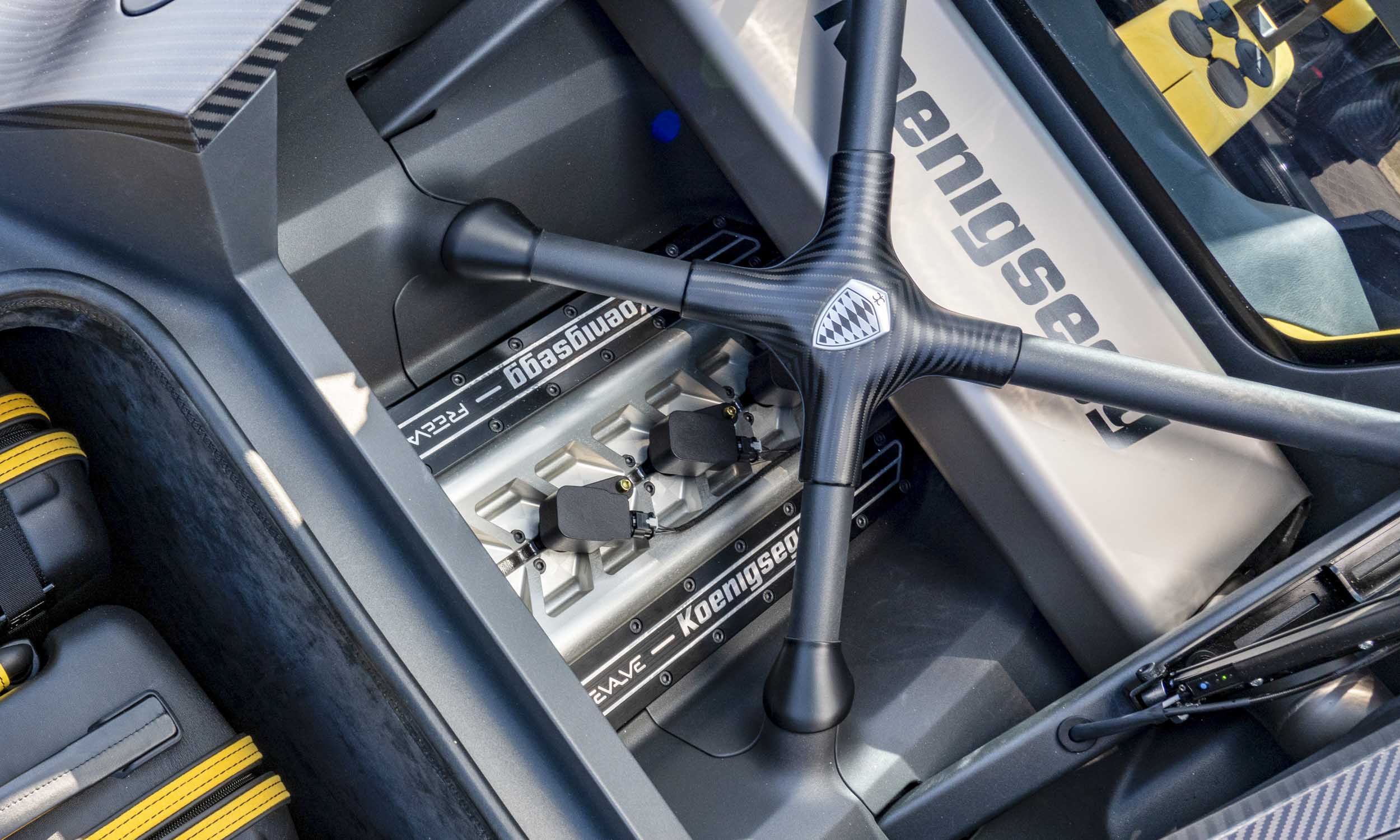
The four-seat arrangement may be the highlight of the Gemera’s design. Still, the hypercar’s pièce de résistance has to be one of the most ingenious powertrains in the automobile industry. It is a clever hybrid setup built around an engine unit cheekily dubbed Tiny Friendly Giant (TFG). As the name suggests, TFG is an absurdly small 2.0-litre twin-turbocharged ‘Freevalve’ three-cylinder engine that pumps out a ridiculous 600 hp. That works out to 300 hp per litre, an output never seen before in a roadgoing car. TFG is based on a camless piston design that allows for a compact size. In all, the engine unit weighs a scant 154 lbs (70 kg).
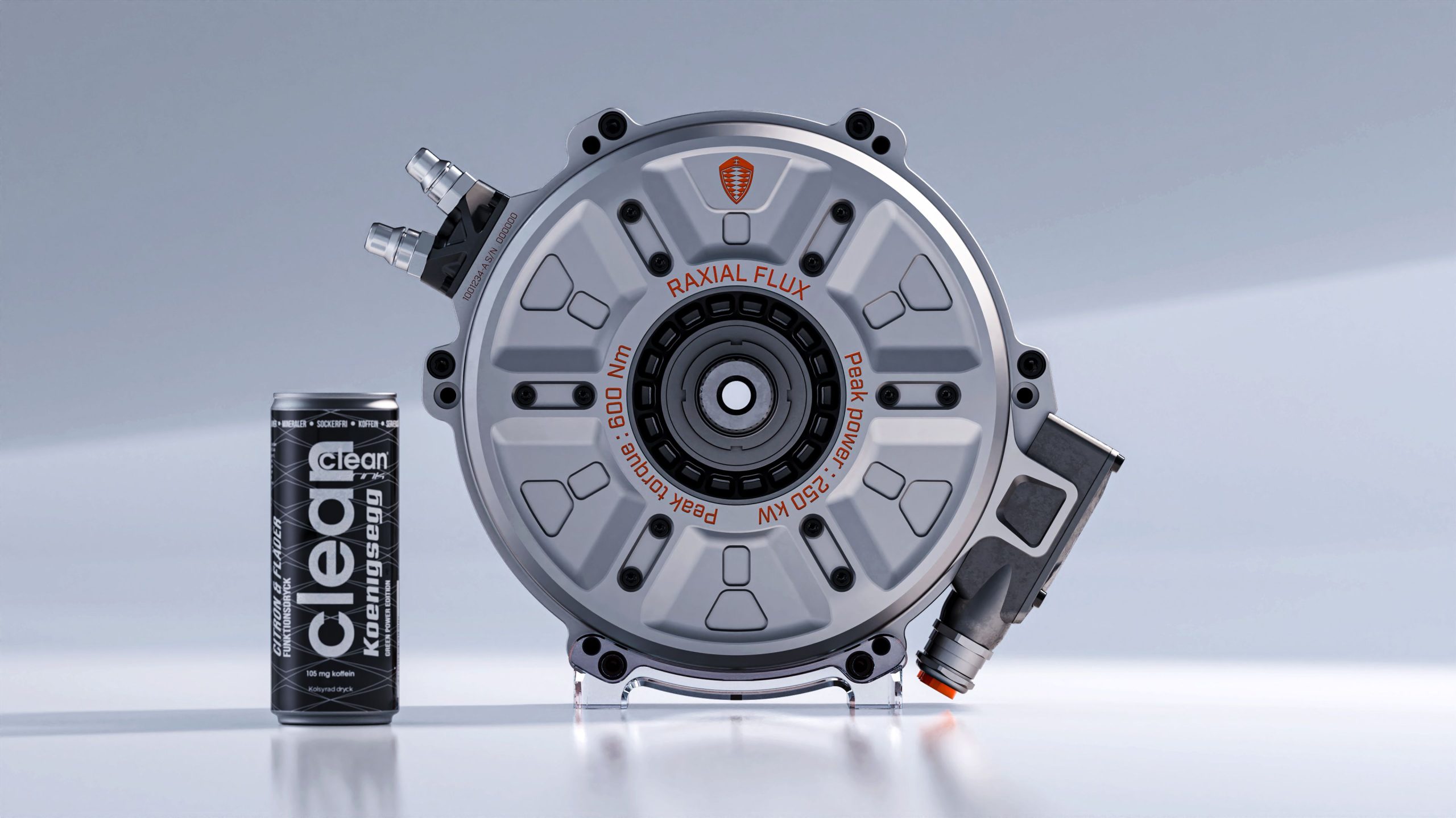
Supporting TFG is a trio of in-house developed Quark three electric motors. A 500-hp motor sits on each rear wheel on either side of the TFG. The third one, a 400-hp unit, is positioned just in front and is attached to the crankshaft that drives the front wheels. The electric motors draw their juice from an 800-volt, 15kWh battery pack.
Altogether, the hybrid powertrain makes a hair-raising combined 1,700 hp and 2,580 lb-ft of torque. It’s more than enough for the Gemera to put down some serious performance numbers. Harnessing all that power is an evolution of the Koenigsegg Direct Drive system that debuted on the Regera hypercar.
Power and Performance
Koenigsegg went to great lengths to portray the Gemera as a proper family car that’s docile enough for a casual Sunday cruise within the city. However, that does not mean the Gemera cannot put its power down when it really matters. After all, this is a car with a combined power output of 1,700 hp on tap.
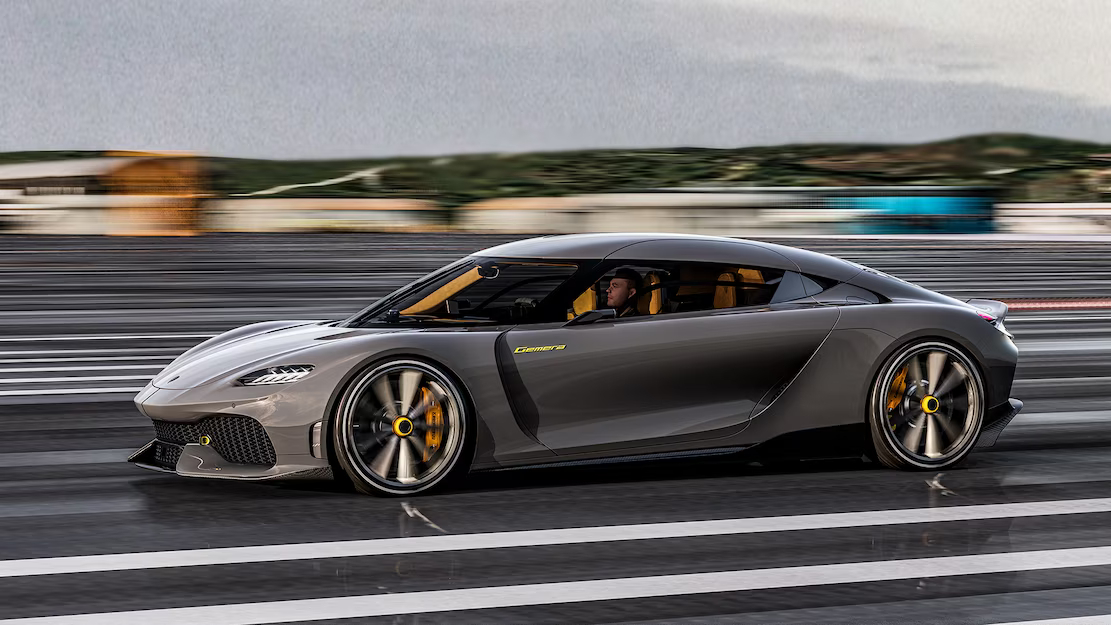
The Gemera is the sort of car that you can use to take your family to the dragstrip. Then you can have them sit under a canopy (or leave them in the car with you) while you proceed to make a mockery of your friends in their shiny Ferraris and Lamborghinis.
The Koenigsegg Gemera has a curb weight of 4,079 lbs (1,850 kg). That’s heavy for a hypercar, but according to the carmaker, it will still rocket to 62 mph in a mind-numbing 1.9 seconds. That’s faster than modern hypercars like the Hennessey Venom F5 or Bugatti Chiron. That number also puts it at par with the all-electric kings of acceleration like the Rimac Nevera and Automobili Pininfarina Battista. Keep your foot on the pedal, and the Gemera will keep accelerating until it maxes out at a 248 mph (400 kp/h) top speed.
The Gemera is also able to shut down its combustion engine completely and manage a range of 31 miles on battery power alone, ideal for a short run to the shopping mall. In hybrid mode, that range extends to an impressive 590 miles.
The Gemera’s Practicality Is A Game Changer.
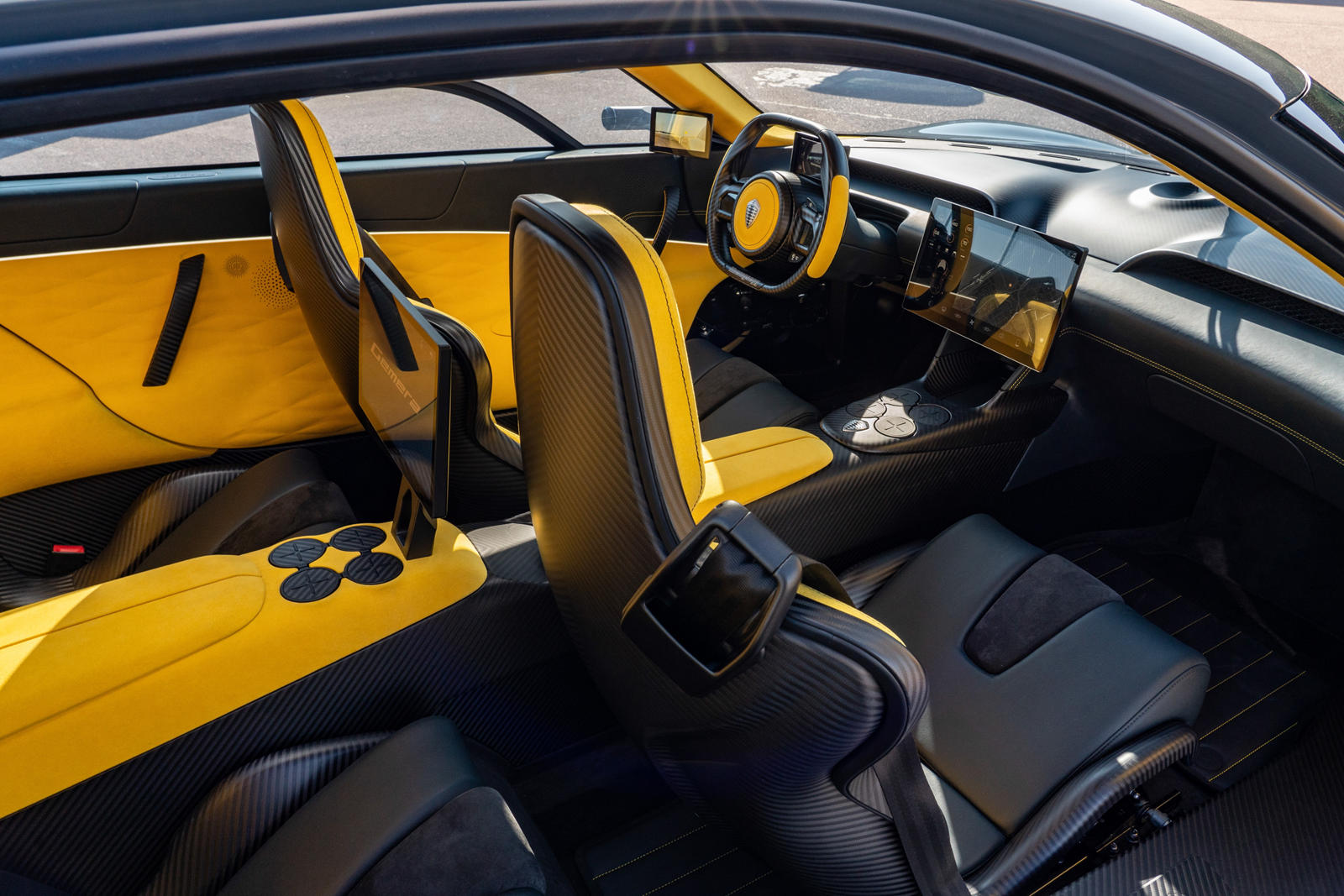
The idea of a family car packing 1,700 hp seems ludicrous, but it’s something the Gemera manages to pull off rather impressively. The hypercar was designed with optimum comfort in mind for all occupants. First, there is the issue of just how roomy the Gemera is. Those rear seats are not the usual ‘baby’ seats found in most sports cars masquerading as four-seaters. No, the Gemera can comfortably accommodate four 6-foot adults!
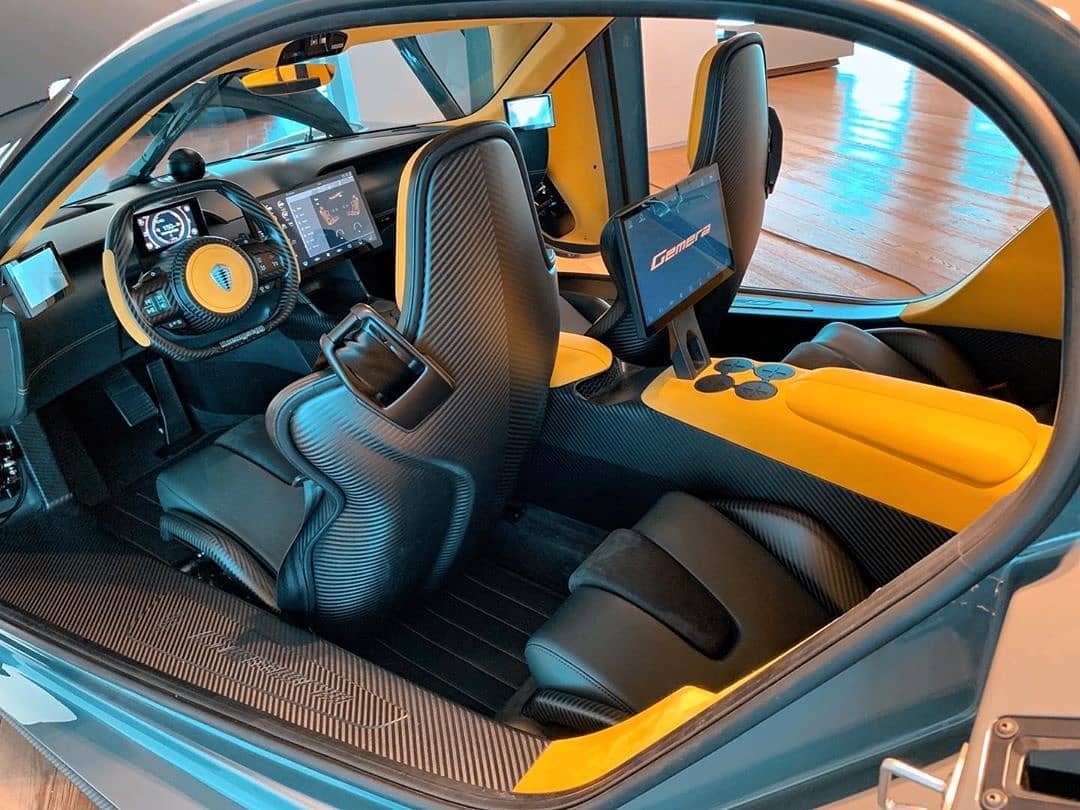
In addition to the ample interior space, the Gemera also boasts a host of creature comforts that transforms the car into a proper Grand Tourer. The Gemera has memory foam heated seats, an 11-speaker premium sound system, wireless phone charging pads, three-zone climate control, eight cupholders (four cold and four warm), and 200 litres of luggage space. You also get a comprehensive infotainment system supported with front and rear 13-inch central screens.
All these are in addition to the usual array of hi-tech safety features and driver assistance aids that really completes the driving experience. Should you wish to, the Koenigsegg Gemera seems perfectly poised to function as a daily driver.
Bring It On

The Gemera is, unsurprisingly, not cheap. Christian Von Koenigsegg, after all, does not produce for the mass market. Currently, the Swedish carmaker plans to manufacture only 300 units of the Gemera, each priced at about $1.7 million. The first customer deliveries are expected to happen before the end of 2023. Koenigsegg should be able to sell all build slots without much fuss. The brand is quite popular among the wealthy elite in the car community—that, and the fact that the Gemera represents an exciting new direction within the automobile industry.
The Koenigsegg Gemera may be the pioneer of a new automobile segment, but it’s safe to say it won’t be the last entrant. It would be interesting to see what automakers follow suit with their own interpretation of a family-friendly hypercar or megacar.


